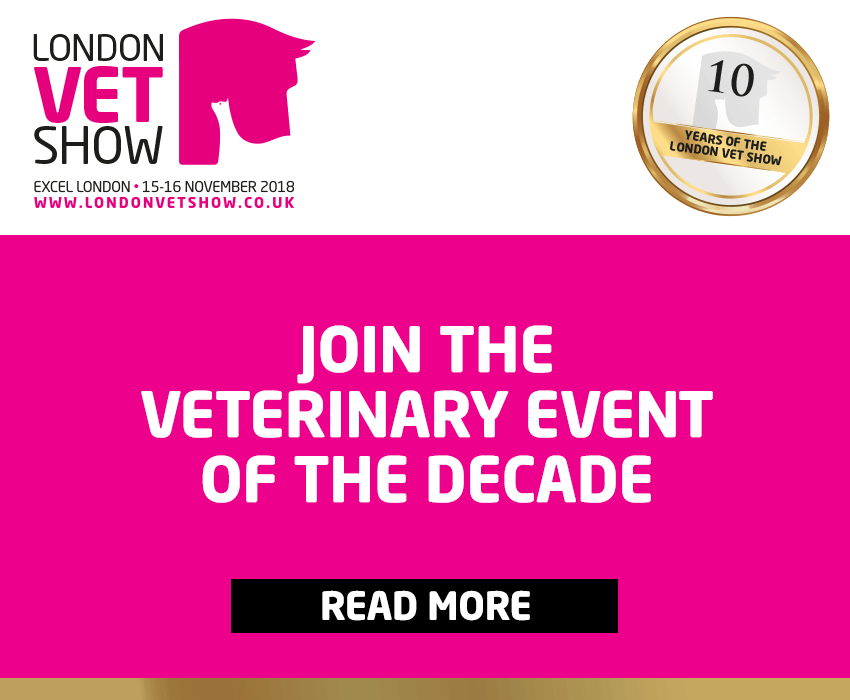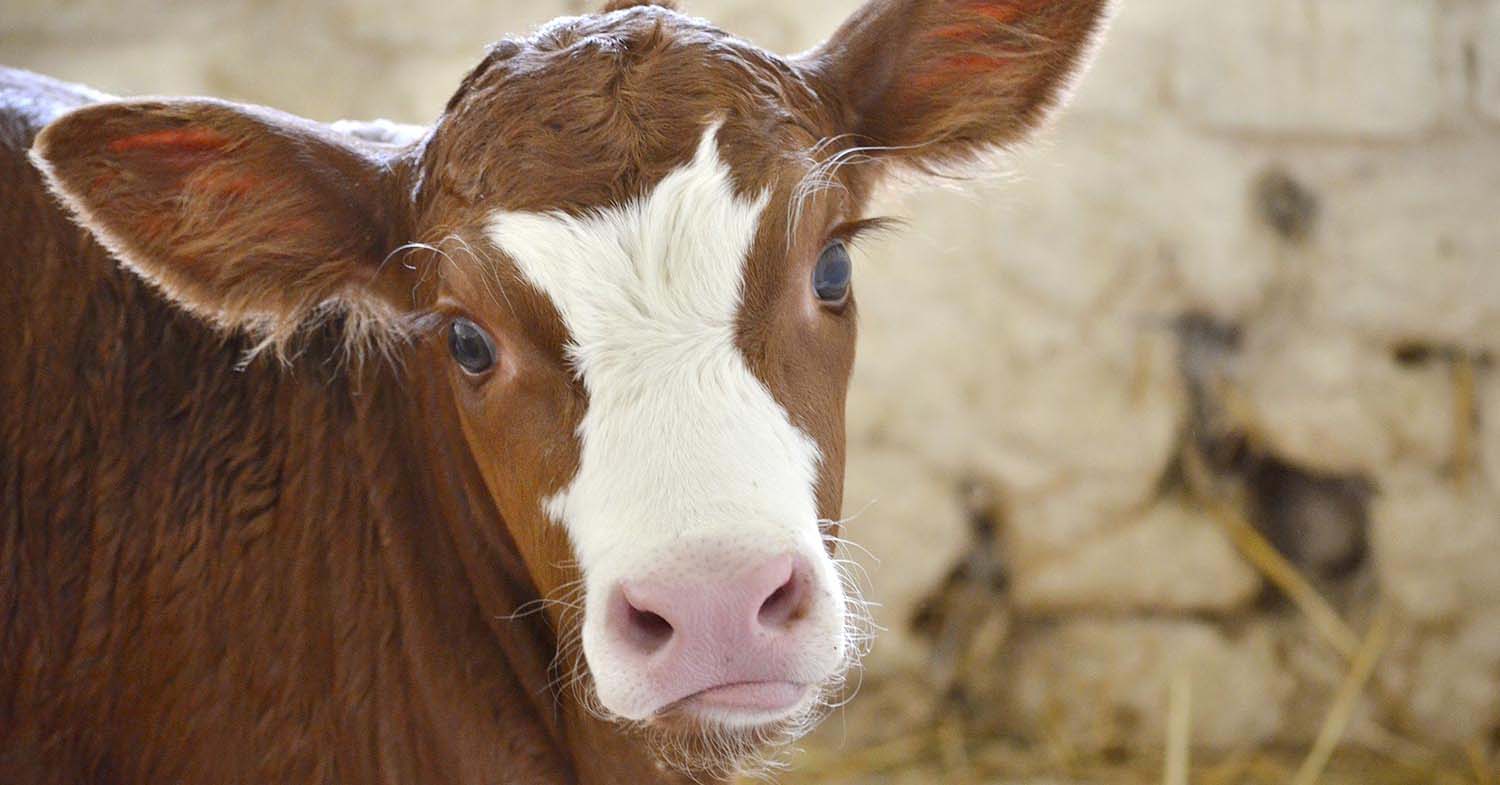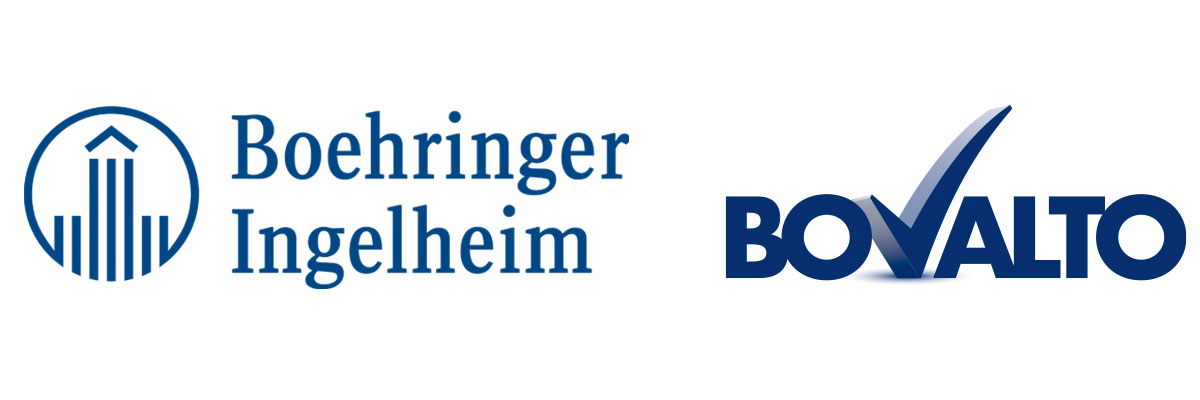Calf health
Clinical content and resources focusing on the health of newborn calves from birth to weaning.
Room for improvement exists when it comes to practising cleanliness around collecting and feeding colostrum, so vets must engage with clients about keeping equipment for feeding calves clean and establishing an effective standard operating procedure on farm.
The authors explore how effetive techniques are key to success in scour prevention.
SPOTLIGHT: Tom Warboys shares the ways in which veterinarians can advise clients on improving the health of youngstock on dairy farms.
Veterinary surgeon Ali Haggerty and Boehringer Ingelheim Animal Health ruminant vet advisor Becca Cavill talk to Paul Imrie about some of the preventive steps around colostrum management.
Ginny Sherwin covers work around scour and how to communicate to clients on when to intervene, and what to look out for, putting a practical spin on many of the complex areas around scour prevention, management and treatment.
Calf health is a key area for vets to get involved in on farm, and requires consideration of factors including management procedures, the environment, specific diseases and calf immunity – with a great emphasis placed on prevention.
Jamie Robertson and Becca Cavill talk to Vet Times about some of the preventive steps vets should discuss with farm animal clients to help reduce the risk of scour in calves.
Marie-Louise Ryan discusses four fundamental factors for good calving management on farm to prevent mortalities.
Tim Potter discusses how rapid treatment maximises the chances of survival from this common disease, and how vets should work with clients to manage outbreaks and reduce economic impact.
Bovine viral diarrhoea (BVD) is in the spotlight again as it looks like control in England will become mandatory in 2025 and in 2023 in Wales, bringing both nations in line with Scotland, Northern Ireland and Ireland. It has also been spotlighted in the Animal Health and Welfare Pathway’s funded vet visits for qualifying cattle producers in England.
Optimum calving doesn’t just happen, and whether in spring or autumn, planning is key. In this article, Navaratnam Partheeban explains how vet and farmer can work together on ensuring the successful birth and rearing of every calf.
Group housing of calves may increase the risk of respiratory disease – so what do farmers think are the benefits and disadvantages of individual housing? Sophie Mahendran shares the results from a survey of farmers into their opinions of both housing methods.
With three-quarters of disease in dairy production in the lead-up to – and immediate aftermath of – calving, Phil Elkins looks at how vets can play a significant health advisory role in ensuring everything goes well in this important period.
The aim of vaccination is to induce immunity to a specific pathogen without causing disease.
Phil Elkins discusses opportunities for vets to engage with clients to improve their stock’s health, welfare and productivity.
Katie Denholm and Sally Morrison discuss the findings of their study into the behaviour and approaches of vets in Scotland to the diagnostic options.
Paddy Gordon runs through some of the many considerations for vets and farmers, including around the early dry period and close-up transition period, and regarding controlling ketosis and milk fever.
Jonathan Hobbs discusses ways of “getting it right” to reduce perinatal mortality, and improve cattle health and welfare.
Lara Robinson discusses the measures implemented in a calf health club and the resulting health improvements in youngstock.
Vet Times caught up with LLM Farm Vets director Katie Fitzgerald at London Vet Show to discuss ways vets can motivate farmers on youngstock health issues.


